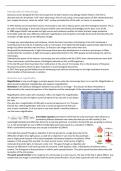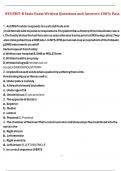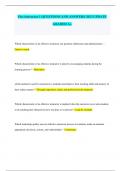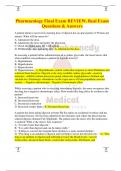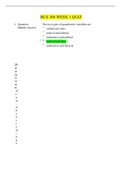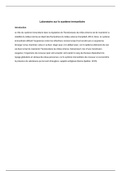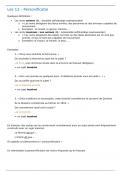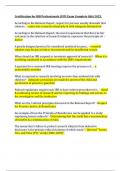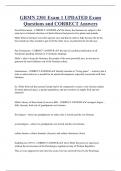Class notes
Full colleges notes Cellular imaging in four dimensions (NWI-BM016C)
- Course
- Institution
Full transcript of all colleges on Cellular Imaging in Four Dimension. Notes are on the following lecture topics: introduction to microscopy, advanced microscopical techniques, supperresolution, molecular complexes, dynamic imaging of cancer and image processing.
[Show more]
